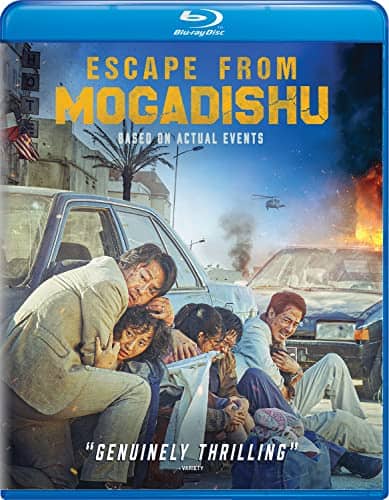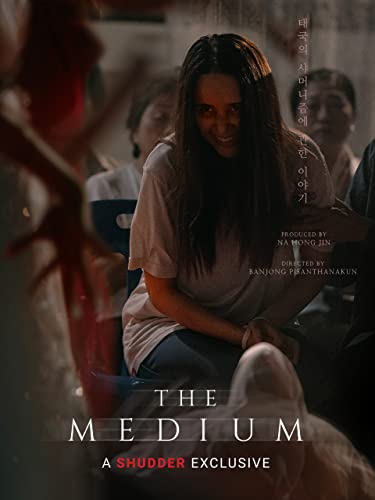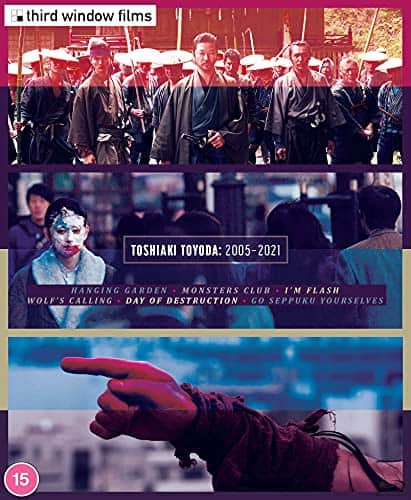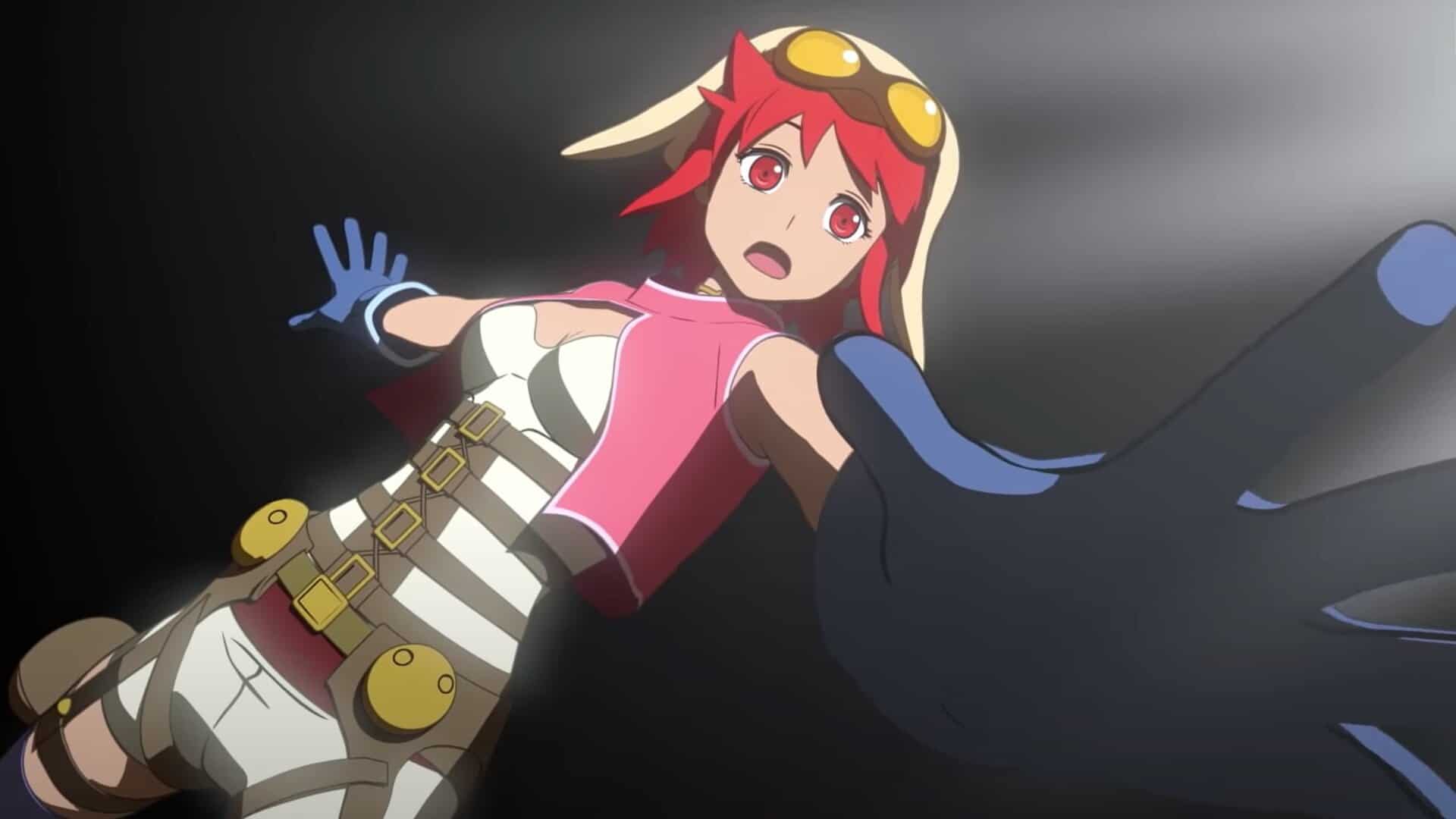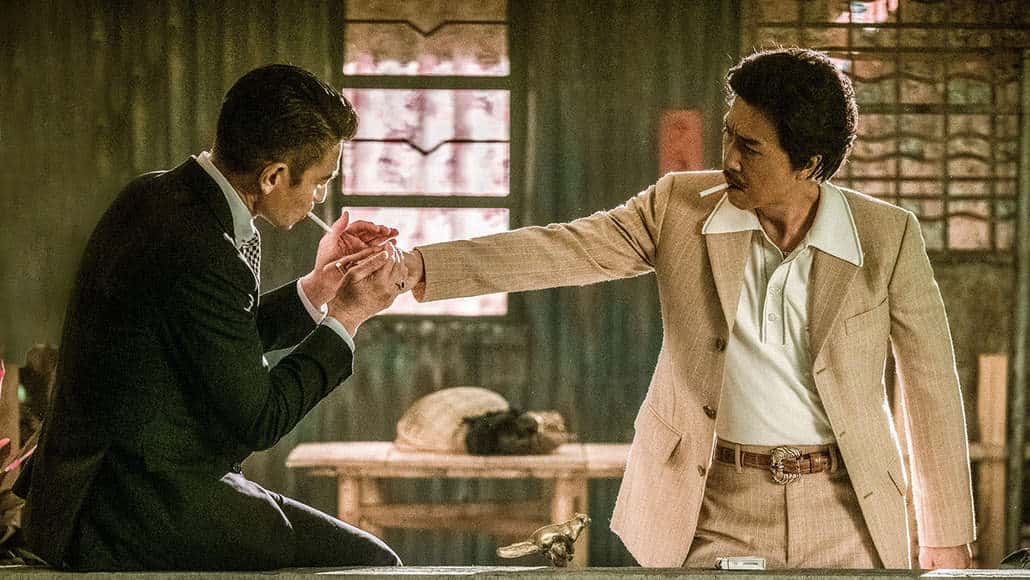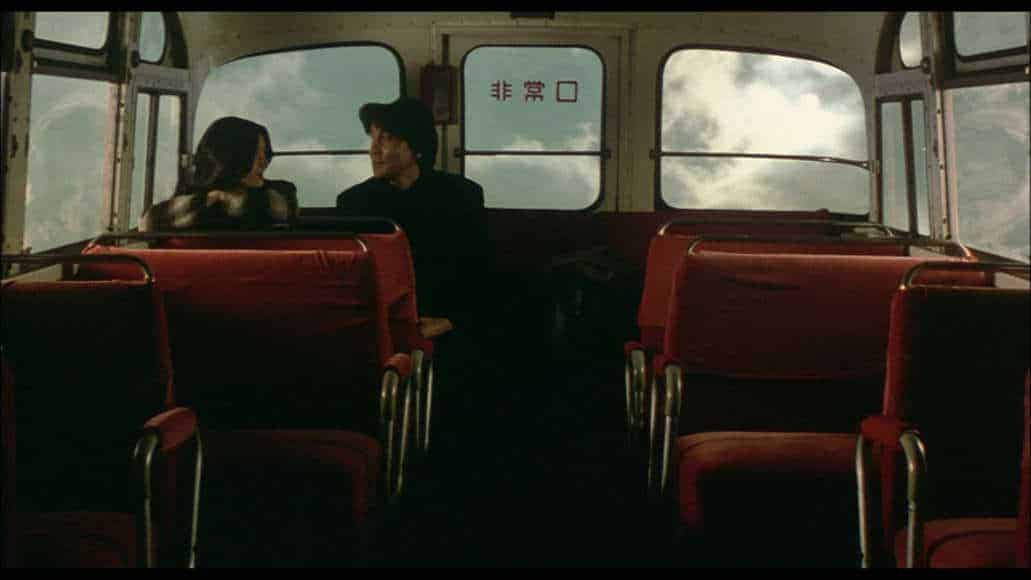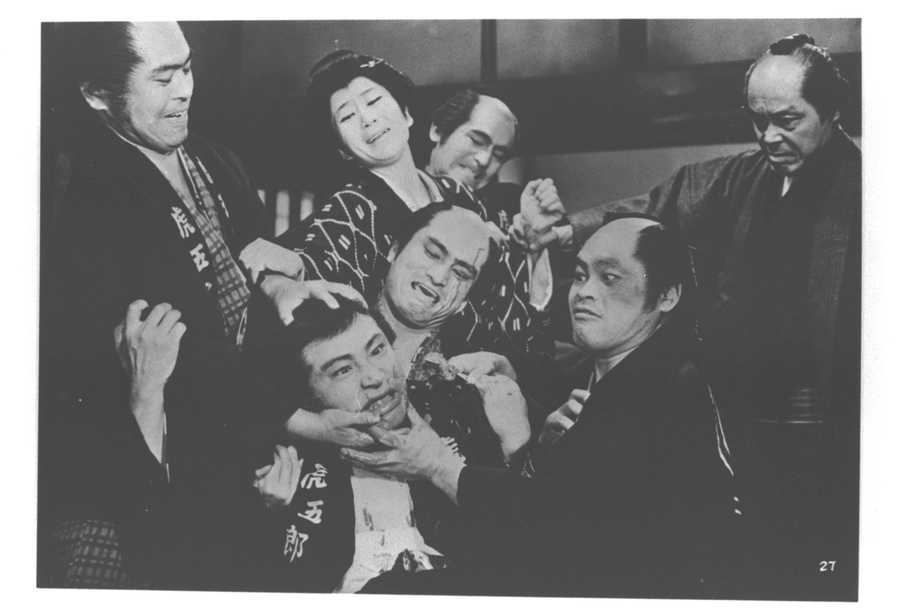18 of the contributors of Asian Movie Pulse from America, Oceania, Europe and Asia have voted the 25 Best Films of 2021, resulting in what we consider a great selection, particularly since the offer of titles this year was much wider, as the industry started to recover from the disaster that was 2020, particularly during the second semester. In that regard, the list includes films Malaysia, Japan, Hong Kong, Thailand, Philippines, S. Korea, Bangladesh, Indonesia, Lebanon, Iran, China and Taiwan, while crime thrillers, animations, shorts, action and documentaries have found a place.
Without further ado, here are the best Asian films of 2021, in reverse order. Some films may have premiered in 2020, but since they mostly circulated in 2020, we decided to include them, in one of the calmer votes in the history of AMP.
25. Barbarian Invasion (Tan Chui Mui, Malaysia)
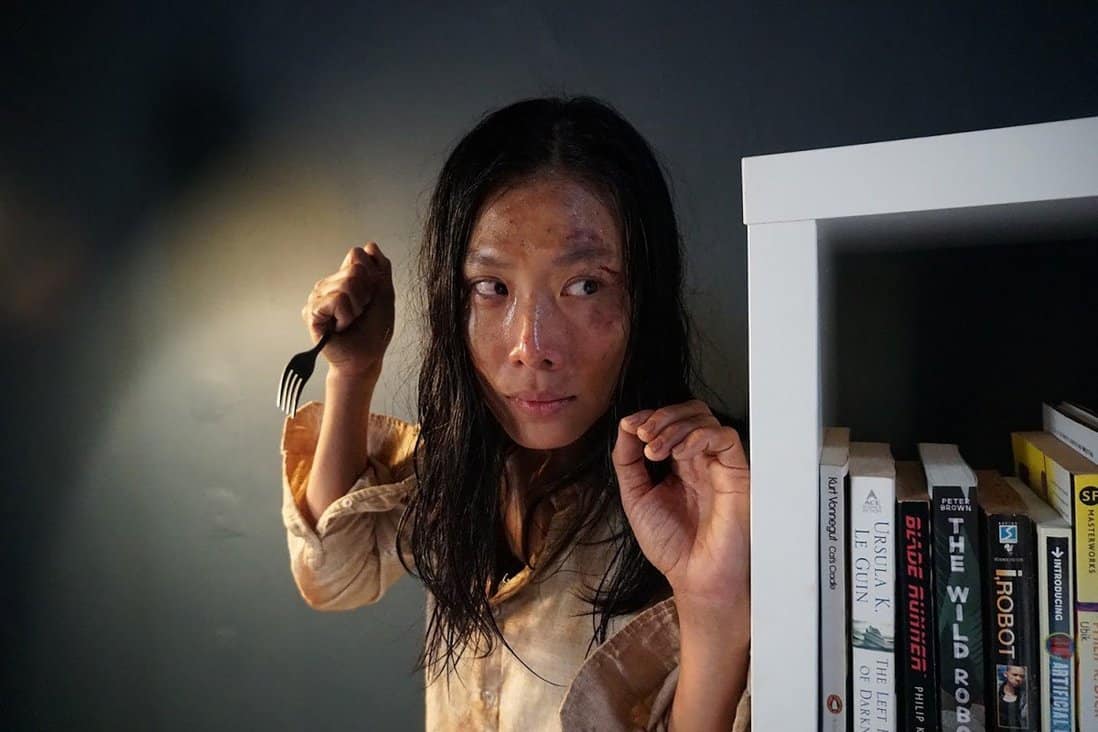
“Barbarian Invasion” strikes without a doubt as a very personal film for Tan Chui Mui, and consequently it strongly feels that it wouldn't have had the same impact if the lead role had been given to another actress. Tan Chui Mui decides to play Moon and face the challenge of juggling the two roles of director and lead actress, and to what result! The intriguing and multi-layered script (also from Mui), where the boundaries between Moon and the film heroine becomes gradually blurred, is enriched by the director persona and her own emotional background. Not to forget her good acting skills, that we have already appreciated in another troublesome motherhood role in Jacky Yeap's “Sometime Sometime”. (Adriana Rosati)
24. Ushiku (Thomas Ash, Japan)

While the overall aesthetics of “Ushiku” are very minimalist, the documentary does not fail to leave an impression with his viewer. The stories of the men along with the aforementioned images of their treatment or the daily routine, are quite disturbing as they uncover violence, maltreatment and hatred towards these men, who are not even regarded as human anymore. Additionally, their body language stresses the repercussions of these events, physically and mentally, as some of them are on the verge of depression, express suicidal thoughts and a state of exhaustion. (Rouven Linnarz)
23. Belle (Mamoru Hosoda, Japan)

“Belle”'s enthralling pace keeps you well wrapped for most of the time, jumping back and forward from the U wonders to the real-life capers that in the second half of the movie veer in a proper thriller direction, and the climax, where the two worlds cross-contaminate is utterly powerful. The story is an evident take on the classic “Beauty and the Beast”, a fable whose laudable moral is to value inner beauty and kindness over the appearance. However, in the classic tale, Beast is trapped into an ugly body as a punishment for being disrespectful, but Hosoda's Beast has a deeper secret that is more linked to trauma than to guilt. In fact, he is the scary impersonation of the “post traumatic dark side”, a classic monster-generating path: Fear > Anger > Hate > Suffering. (Adriana Rosati)

22. The Medium (Banjong Pisanthanakun, Thailand)

“The Medium” benefits the most by writer Na Hong-jin's setup, offering the kind of real-world grounding required for a story like this one. Since the initial introduction here is on Nim's abilities and spiritual connection to the Gods of the area and how she treats those who need it, there's a fantastic understanding of how strong her connection to that realm is. By understanding that connection this clearly, the later focus on the family members who are suddenly coming under attack by the various supernatural maladies on Min. comes into greater focus. These come from the behavioral shifts ranging from sudden quietness to overtly flirtatious and outgoing, defensive attitudes about strangely impersonal objects and the discomfort felt around the family. Given that all of this is shot like a found-footage effort by the documentary crew following Nim, the psychic brings a real-world approach that's not oversensationalized or grandiose which helps the film tremendously. (Don Anelli)
Watch This Title
on Amazon
21. On the Job: The Missing 8 (Erik Matti, Philippines)

Matti is addressing one of the biggest problems in the Philippines – the ‘disappearance' of many people who oposed the regime in the past decades, and he isn't gentle about it. On the other hand, he is taking stylistic compromises led by the emotional input. For his role of an initially corrupt journalist who realised the full weight of his wrong-doings after the murder of his friend and his young son, Arcilla won the the Volpi Cup for Best Actor in Venice. Towards the end, he turns into a modern hero who live-casts his own way of no return in a scene which is a poignant reminder of a digitally-steered parallel reality we currently occupy. (Marina Richter)
20. The Book of Fish (Lee Joon-ik, S. Korea)

But “The Book of Fish” will most likely be long remembered for its stunning visuals. Entirely in black-and-white like Lee's previous work “Dongju: The Portrait of a Poet”, it opens with a scene of a boat afloat in the sun-drenched sea and Lee Eui-tae's cinematography rarely lets up in visual beauty. Monochrome scenes of fog-covered mountains, waves crashing on shores, fishing in the water all look almost straight out of a Chinese watercolour painting, much like Zhang Yimou's “Shadow”. While this production is not as elaborate with its set designing and costumes to compliment the cinematography like Zhang's film was, it is nevertheless impressive in those departments too. The written poetry that comes up on the screen when either Yaj-jeon or Yak-yong recite some of their famous works further enhances the painting-like effect of the imagery, the words sounding almost hypnotic in the voice of Sol Kyung-gu and the star that plays Yak-yong. (Rhythm Zaveri)
19. Rehana Maryam Noor (Abdullah Mohammad Saad, Bangladesh)
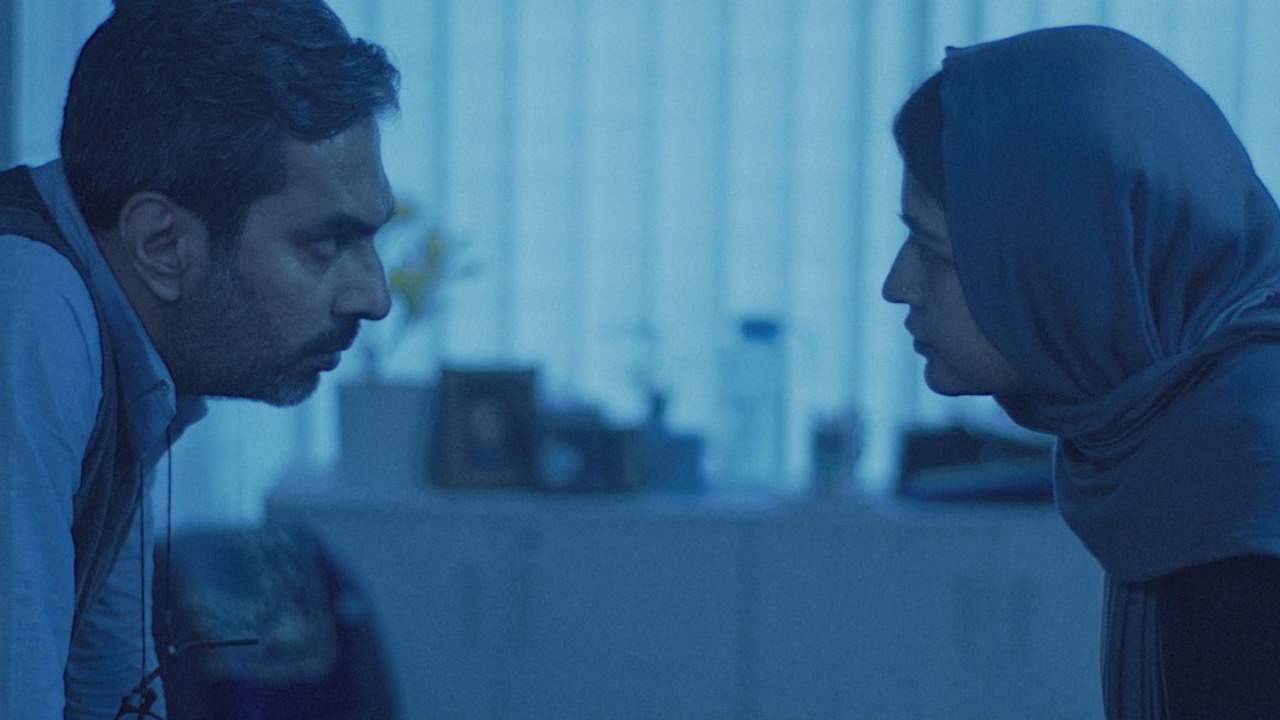
Abdullah Mohammad Saad creates a movie that essentially functions as a thriller, with the tension and agony starting from the first frame and never actually ceasing, as the classes, the corridors and the offices of the Academy create a claustrophobic sense that gives the a labyrinthic sense to the whole narrative, as Rehana seems to be unable to get away from this maze both herself, but most of all, the system has placed her in. Even more, as time passes, it becomes obvious that she gets more entangled in it, an aspect that presents Saad's main comment here, that in the excessively patriarchal Bangladeshi society, a woman trying to do the right thing does not have much hope to achieve anything, only to make things worse for herself. (Panos Kotzathanasis)
18. Go Seppuku Yourselves (Toshiaki Toyoda, Japan)
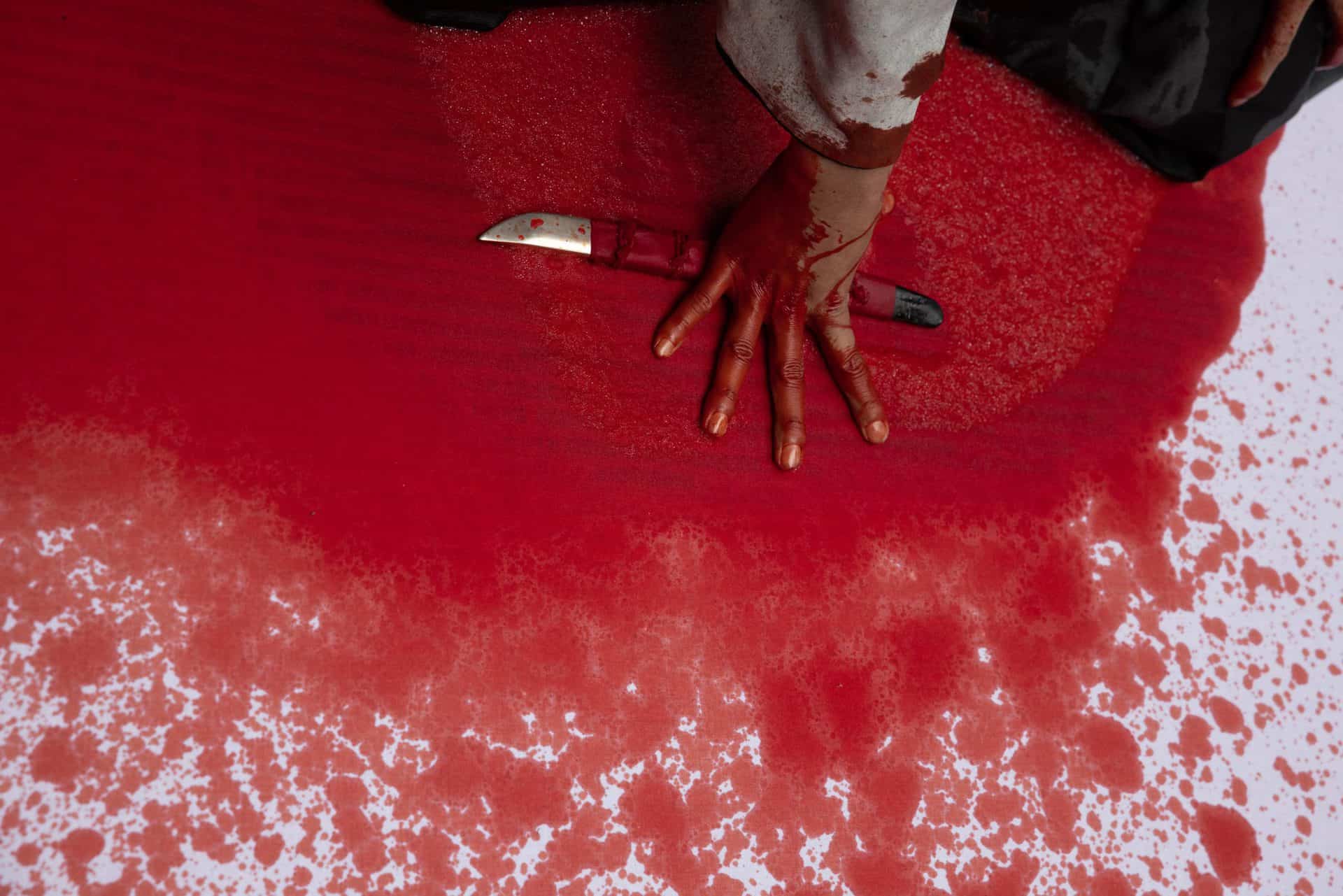
In terms of production values, the movie is astonishing. DP Kenji Maki's cinematography captures the three different settings in the most impressive fashion, with his camera placements adding to the overall ritualism that dominates the short's aesthetics. The same applies to Takashi Sasaki art direction, with the sets looking astonishing and Masae Miyamoto's costume design, that communicate the irony and theatricality elements quite eloquently through their extravagance, particularly in the case of Raikan. Lastly the various artists that were in charge of the music, including Seppuku Pistols and Kodo communicate the sense Toyoda wanted to give to each in the best fashion, particularly in combination with the excellent work by Masaya Kitada in the sound. (Panos Kotzathanasis)
Buy This Title
on Amazon
17. Drifting (Jun Li, Hong Kong)
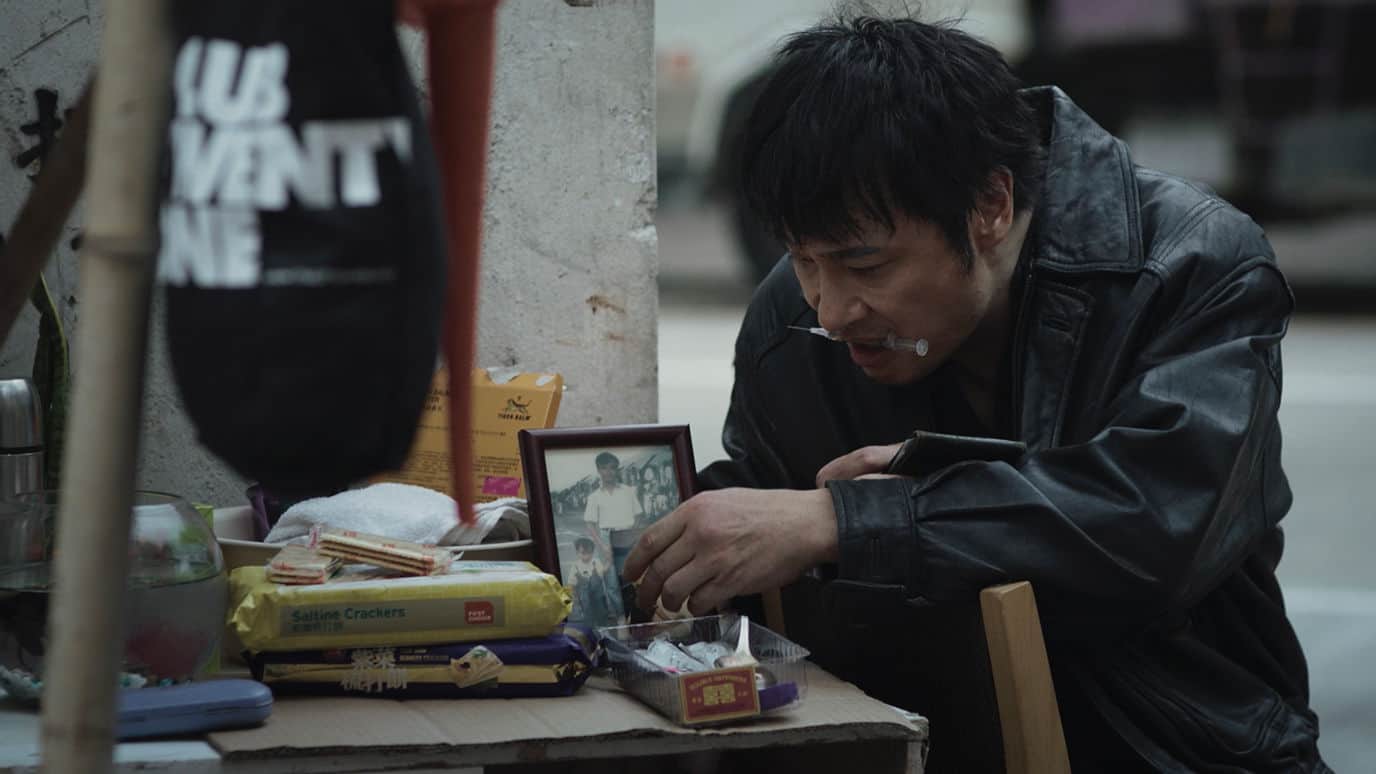
One of the many repercussions of the protests in Hong Kong which took place in the last years is that it showed the vast difference between certain parts of the population and the political caste. At the same time, it shed some light on the social differences of the city, the social chasm symbolized by gigantic skyscrapers for the super-rich and luxurious condos on the one hand, and a growing number of people forced to either leave the city for good or who became part of the homeless. With his acclaimed directorial debut “Tracey” filmmaker Jun Li has already proved his keen eye for these social issues in his home country, and his follow-up “Drifting”, based on a true story, is no exception. Focusing on the problems of the homeless, and a court case against the Hong Kong government, Jun Li discusses the concept of class, but also themes such as dignity, respect and how people can become invisible due to unfortunate incidents in their lives. (Rouven Linnarz)
16. Vengeance is Mine, All Others Pay Cash (Edwin, Indonesia)

Edwin will address various issues, ranging from sexual tension to jealousy to violence against women and revenge. Nonetheless, the stylistic craziness and pastiche and mocking vibe never leave. There will be more painted boards (this time on backs of trucks) coming to life, insane stories of terrifying gangsters reluctant to visit a dentist or even some extra supernatural spice. (Joanna Kończak)

15. Escape from Mogadishu (Ryoo Seung-wan, S. Korea)

If there is one thing that Ryoo Seung-wan never fails to do, it is to entertain his audience and “Escape from Mogadishu” does just that in a number of effective ways. Firstly, the emphasis here is not on world politics. The situation in Mogadishu at the time, of course, was shocking enough and the feature's depiction of it is realistic enough to be both horrifying and impressive in its realisation. But most of the narrative's efforts are focused on painting the ghastly situation that the characters find themselves in and on their subsequent efforts to find a way out of it. (Rhythm Zaveri)
Buy This Title
on Amazon
